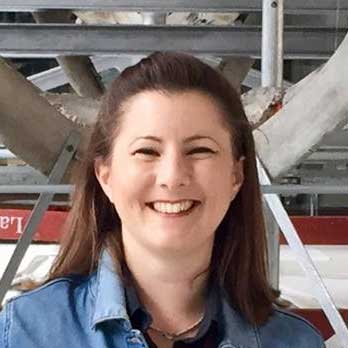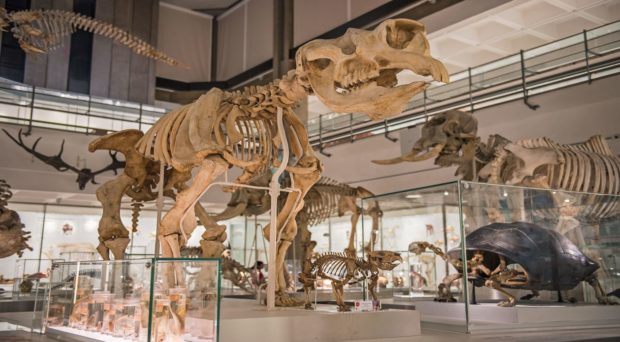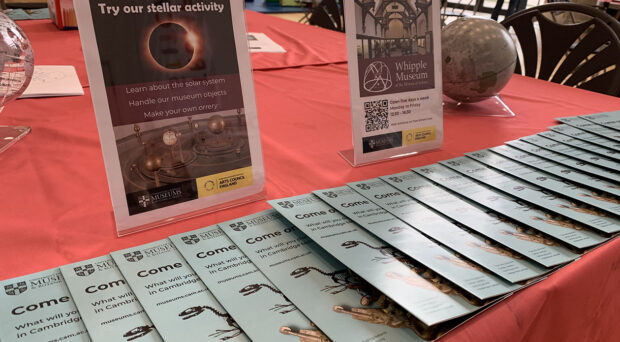For Week 3 of the University of Cambridge Museums Work Experience Weeks, students from Bottisham Village College, Trumpington Community College, Impington Village College and Parkside Academy took part in placements at the Fitzwilliam Museum, the Whipple Museum of the History of Science and the Museum of Zoology.
What surprised you the most about working at the Museums?
Definitely the most surprising thing working here was the amount of jobs there are. You would think it wouldn’t take a lot of jobs to run the museum. People have to think what conditions the important artefacts are put in, its temperature, humidity, sunlight and many more. Thinking about how to preserve these artefacts is a lot more than I imagined. You have to think about pests as well which can live inside the material and little bugs or insects can slowly eat it. Another surprising thing I learnt is the process of mounting a piece of art, first you have to choose which material is best fit for it, measure out the lengths and widths to calculate the area you would want to place the image, after that you would cut out your measurements and stick down the art. This interested me because as I was walking around the galleries a lot of paintings where mounted with this type of technique and it felt good knowing the knowledge of how it has become that way. When I was working at the main desks it was really entertaining greeting all the guests that arrive and the people working at the main entrance were really kind and taught me how to treat a customer properly. All the different types of jobs at the museum amaze me because some of the jobs I didn’t even think about. Elliot
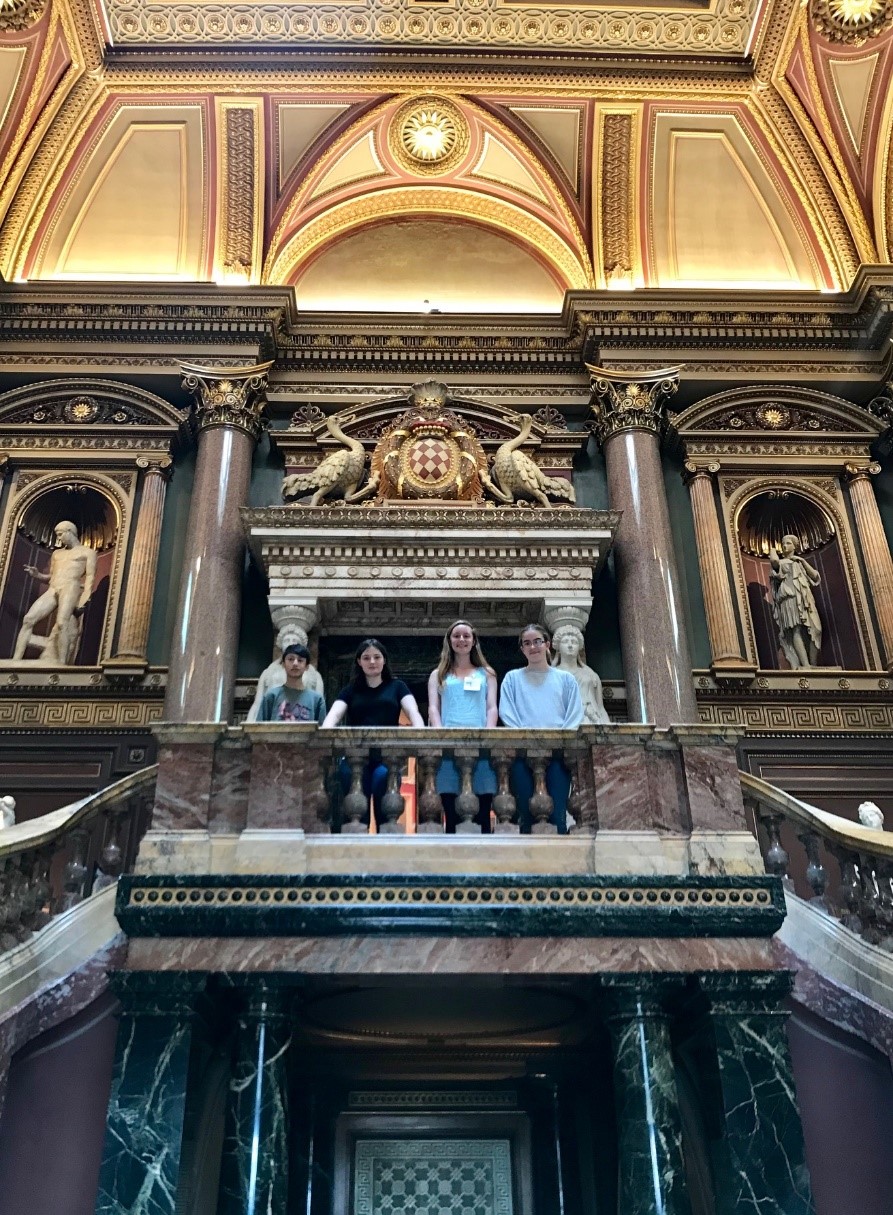
What was your favourite part of the week?
I did so many things this week and learned so much that I find it hard to pick one part that was my favourite. Personally, the bit that excited me the most was when I and my fellow work experience students got to handle some real objects in Applied Arts, including Beethoven’s pocket watch, jade pieces from the tomb of an Emperor, swords from various centuries and flintlock pistols. It gave me a proper insight into the mechanics of handling objects, so I learned a new skill, and it was also fascinating getting up close and personal with the sort of items you only ever see through the glass of a display case, or on TV. On the other hand, I also really enjoyed talking to all the staff members about their jobs and learning about life at the museums, as I had no idea of the range of roles that are available in museums and conservation, and now that I know what they are and what is required for them, I feel I have a far wider range of job options available to me in the future.
Another part of the week that I loved was learning about conservation from the various conservators, as each department had a different way of doing things and it really opened my eyes to the minutiae of conserving objects, as did my short stay at the Whipple Museum of the History of Science, where I learned what it would be like to work in a small museum environment, and the challenges museums face in trying to conserve their collections. I met so many interesting people and learned so many things, even more than I expected before I came here, so I would definitely say it is a struggle to pick my favourite part of the week. Overall, I had a wonderful time, and I would definitely come back to volunteer here again. Miriam
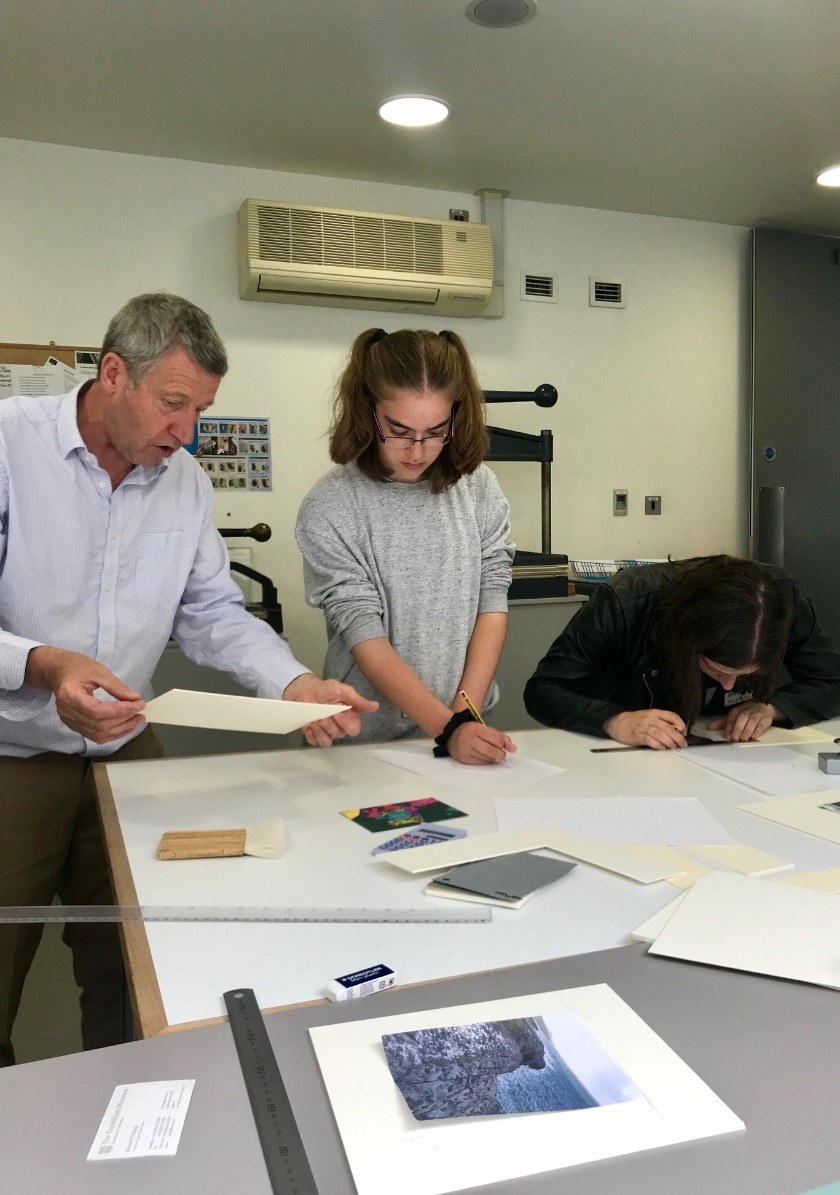
My favourite part of the week was object handling because I liked to wonder about all the people who held the objects before me and the experiences the objects have had. I had the opportunity to hold some incredible things like; a beautiful pocket watch that was used by Beethoven on his travels, some swords, daggers and a pistol.
My favourite object would be ‘Fugue’ because of the history and elegance of the object. It was from the 1950s; mid-20thCentury; Elizabeth II. When they move the object they have to remove all of the strings in order to move it safely.
I find it fascinating how people in the museums conserve the objects, especially how lots of the objects are more than one hundred years old. An example of this conservation would be how they preserve the object by using sponge like plastics and acid free tissue paper to cover the objects.
I loved having the opportunity to work in Cambridge’s wonderful museums. It has inspired me to look further into working in museums as a future career. Grace
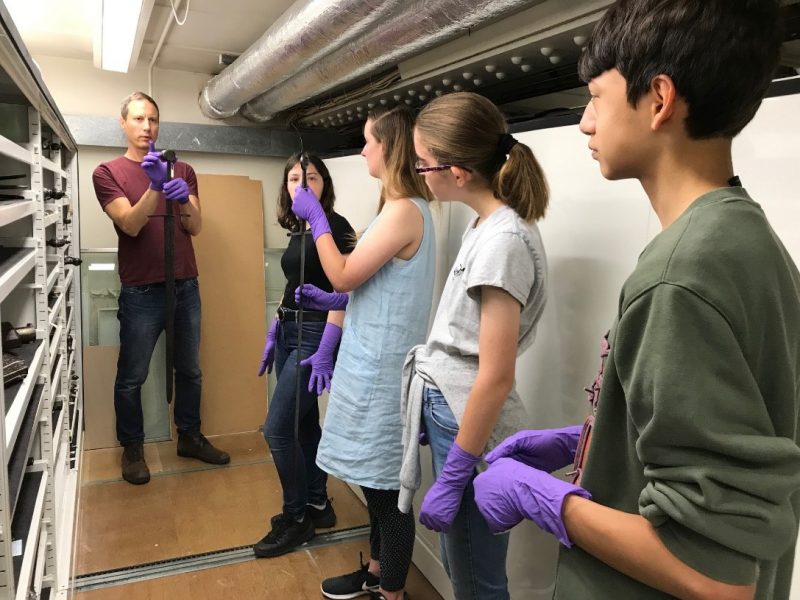
Why should other students take part in work experience at the University of Cambridge Museums?
I personally had an amazing time at the University of Cambridge Museums. It was interesting and well organised by staff to make the experience even better. The way it was set out meant that we visited many different departments so we could therefor see how vast museum life is. Other than the Fitzwilliam, you have the opportunity to visit one of the other museums in Cambridge to experience the differences and similarities between them. Doing work experience for me was a brilliant opportunity as I now have an insight into what other options there are for working at a museum. Now that I have competed the week, I could visit any museum and have an idea of how it is run. I am interested in history and therefore I was a bit hesitant learning about the artwork in the sense that I wouldn’t understand it, however my interests were taken into account and now I understand more of the history of the Fitzwilliam. Again I was overwhelmed by the support we got from the staff and I couldn’t recommend it enough. It would help if you are interested in museums in the first place as the work experience is based in one but if you aren’t very interested, by the end of the week you will be considering jobs in the field and you will have found another interest! Emily

